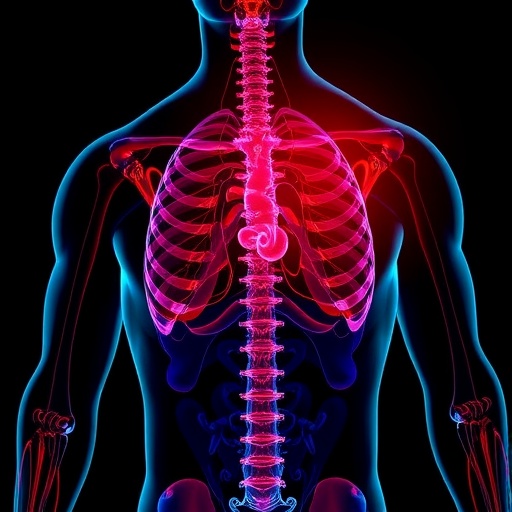Results to be exhibited at ARRS 2019 Annual Meeting
Leesburg, VA, May 8, 2019–It may be safe to follow-up pure radial scars (RSs) diagnosed on core needle biopsy (CNB) instead of surgical excision, according to a study to be presented at the ARRS 2019 Annual Meeting, set for May 5-10 in Honolulu, HI.
The study, to be presented by Dr. Ingolf Karst of Northwestern Medicine in Chicago, was conducted to determine if the greater conspicuity of findings such as architectural distortion on digital breast tomosynthesis (DBT) versus full-field digital mammography (FFDM) would increase the detection and upgrade (UG) rate of RSs, and to identify factors informing the decision to excise surgically or observe.
The retrospective study analyzed screening and diagnostic exams during a 33-month period of transition to DBT (December 2014 to August 2017) to map the frequency of RS found on CNB and their UG rates over time in monthly increments. A 12-month (December 2014 to November 2015) pretransition timeframe (TF) was compared with a 12-month TF after transition (September 2016 to August 2017) for RSs found, UG rates, and influencing factors. The study reviewed 131,918 exams in total, consisting of 115,430 screening followed by 16,488 diagnostic mammographic exams.
Analysis of the data revealed an 82.5% relative increase in the number of RSs found after transition to DBT, and a relative decrease in UG rate compared to the pretransition TF of 54.4%. There were no upgrades to invasive cancer of all 108 diagnosed radial scars. Seventy-eight of 108 RSs were pure RSs, none of which were upgraded on excision.
UG rates for RSs diagnosed on CNB decreased after transitioning from FFDM to DBT. With no upgrades to invasive cancer or ductal carcinoma in situ (DCIS) found for pure RS, results suggest it may be safe to follow-up pure RS diagnosed on CNB.
“Interdisciplinary collaboration and use of our proprietary database deepened our knowledge of imaging findings and related pathology, such as architectural distortion and radial scar, and supports us in management changes during times of technological shifts, such as transition from FFDM to DBT, to benefit our patients” Dr. Karst stated.
###
With educational activities representing the entire spectrum of radiology, ARRS will host leading radiologists from around the world at the ARRS 2019 Annual Meeting, May 5-10, at the Hawaii Convention Center in Honolulu, Hawaii. For more information, visit: http://www.
Media Contact
Alycia Tessean
[email protected]
https:/




